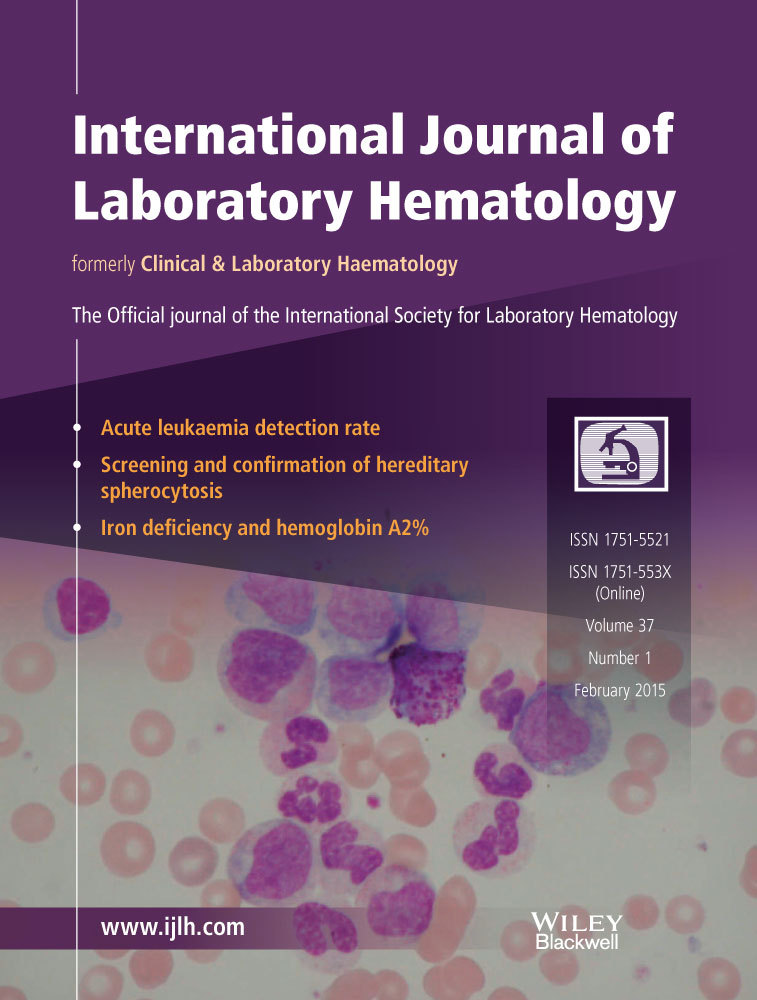Screening and confirmation of hereditary spherocytosis in children using a CELL-DYN Sapphire haematology analyser
Summary
Introduction
Multidimensional optical scatter of sphered erythrocytes can identify and enumerate hyperchromic erythrocytes, which might be used for hereditary spherocytosis (HS) screening. The flow cytometric eosin-5′-maleimide test (EMA) is highly sensitive and specific for HS as a confirmatory method. The aims of this study were to assess the utility of hyperchromic erythrocytes in HS screening and to evaluate the EMA test performed on CELL-DYN Sapphire analyser compared with the reference method.
Methods
Blood from 740 paediatric patients presenting at our institution was analysed in reticulocyte mode of the CELL-DYN Sapphire haematology analyser (Abbott Diagnostics) to obtain hyperchromic erythrocyte counts. The EMA test was performed using a flow cytometer as a reference, as well as CELL-DYN Sapphire as an investigational method.
Results
Hyperchromic erythrocytes were the highest in patients with HS (median 11.5%; range 5.1–29.2%). Patients with autoimmune haemolytic disease had significantly less hyperchromic erythrocytes (median 4.9%; range 0.0–18.3%). Hyperchromic erythrocytes showed a high area under the ROC curve: 0.972. At 4.9% cut-off, hyperchromic erythrocytes detected HS with 96.4% sensitivity and 99.1% specificity. The EMA test on CELL-DYN Sapphire correlated strongly with the reference test and had identical diagnostic power. Stability studies with blood from HS patients showed a significant decrease in hyperchromic erythrocytes after 6 h storage.
Conclusions
Measurement of hyperchromic erythrocytes is highly sensitive and specific for detecting HS and can be used for rapid and inexpensive screening. If required, the EMA test can be performed on CELL-DYN Sapphire or a standard flow cytometer for confirmation of HS.




